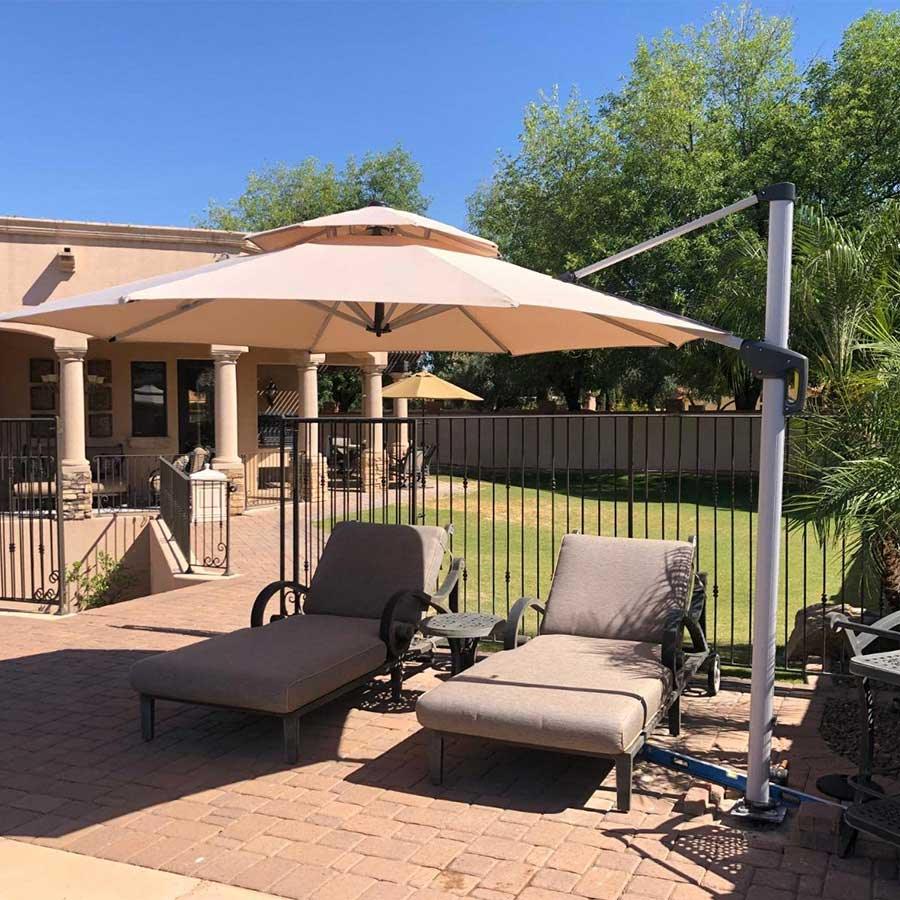In the dynamic world of industrial operations, the need for versatile and efficient solutions is paramount. One such solution that has gained significant traction is the use of large canopies. These grand structures offer a myriad of benefits that can revolutionize the way industries operate. In this blog post, we will delve into the numerous advantages of using large canopies in industrial settings, providing you with a comprehensive understanding of their potential.

Enhanced Protection and Safety
One of the primary benefits of using large canopies in industrial settings is the enhanced protection and safety they offer. These structures provide a robust shield against various environmental elements such as rain, wind, and excessive sunlight. For instance, in construction sites, large canopies can protect both workers and equipment from harsh weather conditions, thereby reducing the risk of accidents and damage. This not only ensures the safety of the workforce but also minimizes downtime, leading to increased productivity.
Versatility and Flexibility
Large canopies are incredibly versatile and can be adapted to suit a wide range of industrial applications. Whether it's for storage, workshops, or temporary shelters, these structures can be customized to meet specific requirements. For example, in the logistics sector, large canopies can be used to create temporary warehouses, providing a flexible solution for managing inventory during peak seasons. This adaptability makes them an invaluable asset in various industrial settings.
Cost-Effective Solution
Another significant advantage of using large canopies in industrial settings is their cost-effectiveness. Compared to permanent structures, large canopies are relatively inexpensive to install and maintain. They require less time and resources for construction, which translates to lower labor costs. Additionally, their modular design allows for easy relocation and reconfiguration, offering long-term savings. For industries looking to optimize their budget without compromising on functionality, large canopies present an ideal solution.
Improved Operational Efficiency
The use of large canopies in industrial settings can significantly enhance operational efficiency. By providing a controlled environment, these structures help streamline various processes. For instance, in manufacturing plants, large canopies can create designated areas for different stages of production, facilitating smoother workflow and better organization. This not only boosts productivity but also ensures higher quality output. Moreover, the ample space provided by large canopies allows for the accommodation of heavy machinery and equipment, further improving operational efficiency.
Environmental Sustainability
In today's eco-conscious world, the environmental benefits of using large canopies in industrial settings cannot be overlooked. These structures are often made from recyclable materials, making them an environmentally friendly choice. Furthermore, their ability to provide natural ventilation and lighting reduces the need for artificial energy sources, thereby lowering the carbon footprint. Industries that prioritize sustainability can greatly benefit from incorporating large canopies into their operations.
In conclusion, the benefits of using large canopies in industrial settings are manifold. From enhanced protection and safety to improved operational efficiency and environmental sustainability, these structures offer a versatile and cost-effective solution for various industrial applications. By understanding and leveraging these advantages, industries can optimize their operations and achieve greater success. Whether you're in construction, logistics, or manufacturing, large canopies can provide the support and flexibility needed to thrive in today's competitive landscape.








